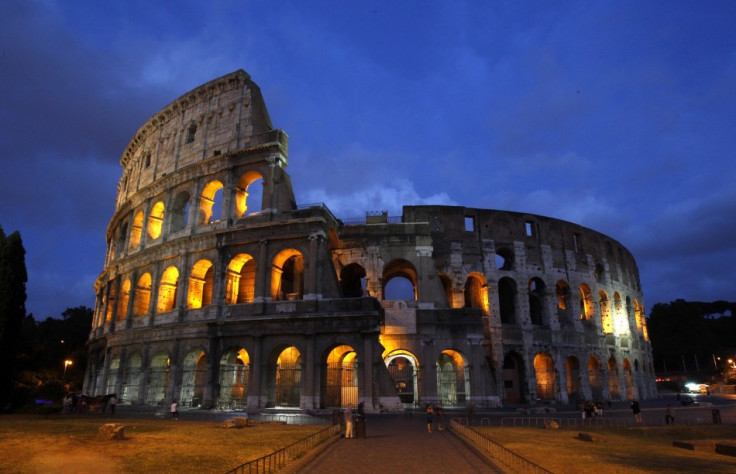Ancient Roman gladiator amphitheatre discovered in Tuscany

Archaeologists in Italy believe that they may have found the remains of a Roman colosseum situated in Tuscany. The base of the oval structure was discovered in Volterra, located in the centre of Tuscany, and could date back to the first century AD – at the height of the Roman Empire.
Initial estimates suggest that the amphitheatre's base would have measured 262 by 196 feet, although further excavations are required to draw a sufficient conclusion on the actual size. Although large, it is still smaller than the largest colosseum discovered in the Roman Empire's capital that had a capacity of 50,000.
Roman Amphitheater, Used For Gladiator Fights, Found In Tuscany
https://t.co/IrcaArIal3 #amphitheater #Colosseum pic.twitter.com/aP5b6xKZpZ
— HEXAPOLIS (@_Hexapolis) November 12, 2015Elena Sorge, an archaeologist of the Tuscan Superintendency, told Discovery News: "This amphitheatre was quite large. Our survey dig revealed three orders of seats that could accommodate about 10,000 people. They were entertained by gladiators' fights and wild beast baiting. The finding sheds a new light on the history of Volterra, which is most famous for its Etruscan legacy. It shows that during the Emperor Augustus's rule, it was an important Roman centre."
The archaeologists said that the building was constructed with stone and decorated in a local Volterran stone known as panchino, which was used to build the town's walls. Using ground penetrating radar from the University of Genoa, the team discovered that the amphitheatre had a depth of up to 32ft.
To date, the team have unearthed a large sculpted stone and the entrance to the cryptoporticus. Sorge added: "It's puzzling that no historical account records the existence of such an imposing amphitheatre. Possibly, it was abandoned at a certain time and gradually covered by vegetation."
© Copyright IBTimes 2025. All rights reserved.






















